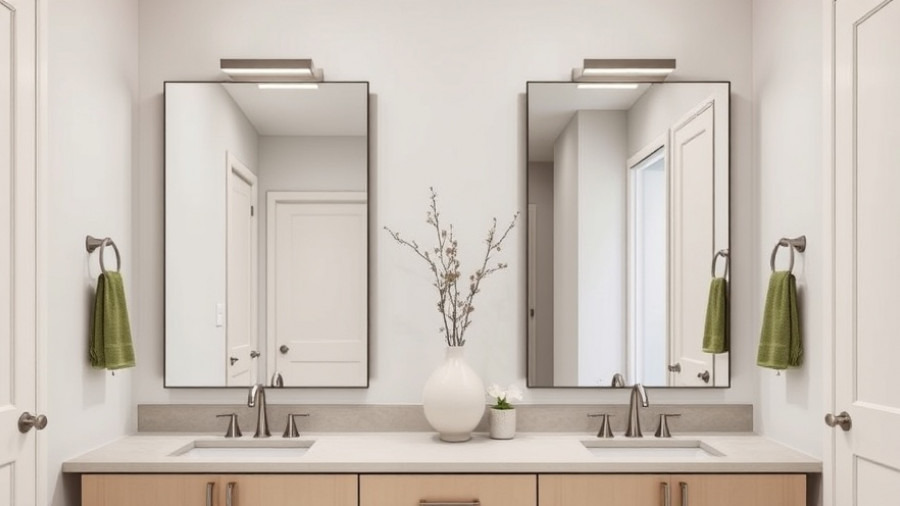
The Shift in Home Renovation Trends Among Generations
As homeowners increasingly choose to invest in their existing homes rather than buy new ones, two distinct generations—millennials and baby boomers—are leading the charge in home renovations. A recent survey by This Old House revealed that nearly half of homeowners have plans to renovate their homes by 2025, with millennials accounting for 60% of this group. These young homeowners are focused on projects that directly enhance their everyday living experiences, prioritizing aesthetics and functionality to better align their homes with their lifestyle. Meanwhile, baby boomers, while less active in renovations, are interested in age-in-place modifications, reflecting a growing demand among older adults to continue living comfortably in their homes as they age.
Why Bathrooms and Kitchens Are Priority Renovation Areas
An analysis of renovation intentions by This Old House indicates that bathrooms (53%) and kitchens (51%) are the most frequently targeted spaces for improvement. These essential areas of the home are not just about functionality; they significantly influence a home's overall comfort and market value. Renovating these spaces can transform daily routines and enhance family bonding, making them attractive projects for all generations.
Rising Importance of Utility Upgrades
Amid these renovation trends, many homeowners are also considering utility upgrades. With the average age of owner-occupied homes now sitting at 41 years, it's increasingly common for homeowners to undertake major system replacements. Notably, a report from Houzz indicates that nearly 30% of homeowners engaged in renovations in 2022 replaced old plumbing systems, often opting for modern, energy-efficient water heaters. The conventional tank water heater, which typically lasts between 10 to 12 years, is being replaced increasingly by its tankless counterparts due to their efficiency and longevity.
The Game-Changer: Tankless Water Heaters
As kitchen and bathroom renovations continue to rise in popularity, homeowners are finding that replacing outdated water heaters is more than just a technical upgrade—it's a key component of their renovation strategy. This is where tankless water heaters, such as the Noritz EZ Series Pro models, come into play. Unlike traditional water heaters that require bulky storage tanks, tankless systems heat water on demand, providing a continuous supply and reducing energy waste.
Benefits of Going Tankless: Why You Should Consider It
Transitioning to a tankless water heater offers numerous benefits. Not only do homeowners never have to worry about running out of hot water, but they also enjoy potential savings on utility bills. According to the U.S. Department of Energy, homes using less than 41 gallons of hot water daily can achieve energy efficiency gains between 24% and 34% compared to conventional water heaters. Additionally, their compact design enhances available space within the home, making them ideal for renovations that aim to maximize both style and utility.
The Long-Lasting Impact of Tankless Solutions
Tankless water heaters are built to last, with an expected lifespan of over 20 years compared to the 10 to 15 years typical of standard models. This durability not only contributes to long-term savings but also makes them a sustainable option for environmentally conscious homeowners looking to reduce their carbon footprint. Ultimately, the choice to switch to tankless technology is not merely about replacing existing fixtures; it's about embracing a future-focused renovation ethos, aligning home improvements with sustainable living.
Conclusion: Your Renovation Journey Starts Here
With the increasing trend of home renovation and the significant roles that bathrooms and kitchens play in enhancing both comfort and property value, now is the perfect time to consider practical upgrades such as tankless water heaters. Not only will you enjoy immediate benefits, but you'll also be investing in the long-term health and efficiency of your home. If you are aiming to renovate, consider how investments in these high-impact areas can yield lasting value and improved quality of life.
 Add Row
Add Row  Add
Add 




Write A Comment